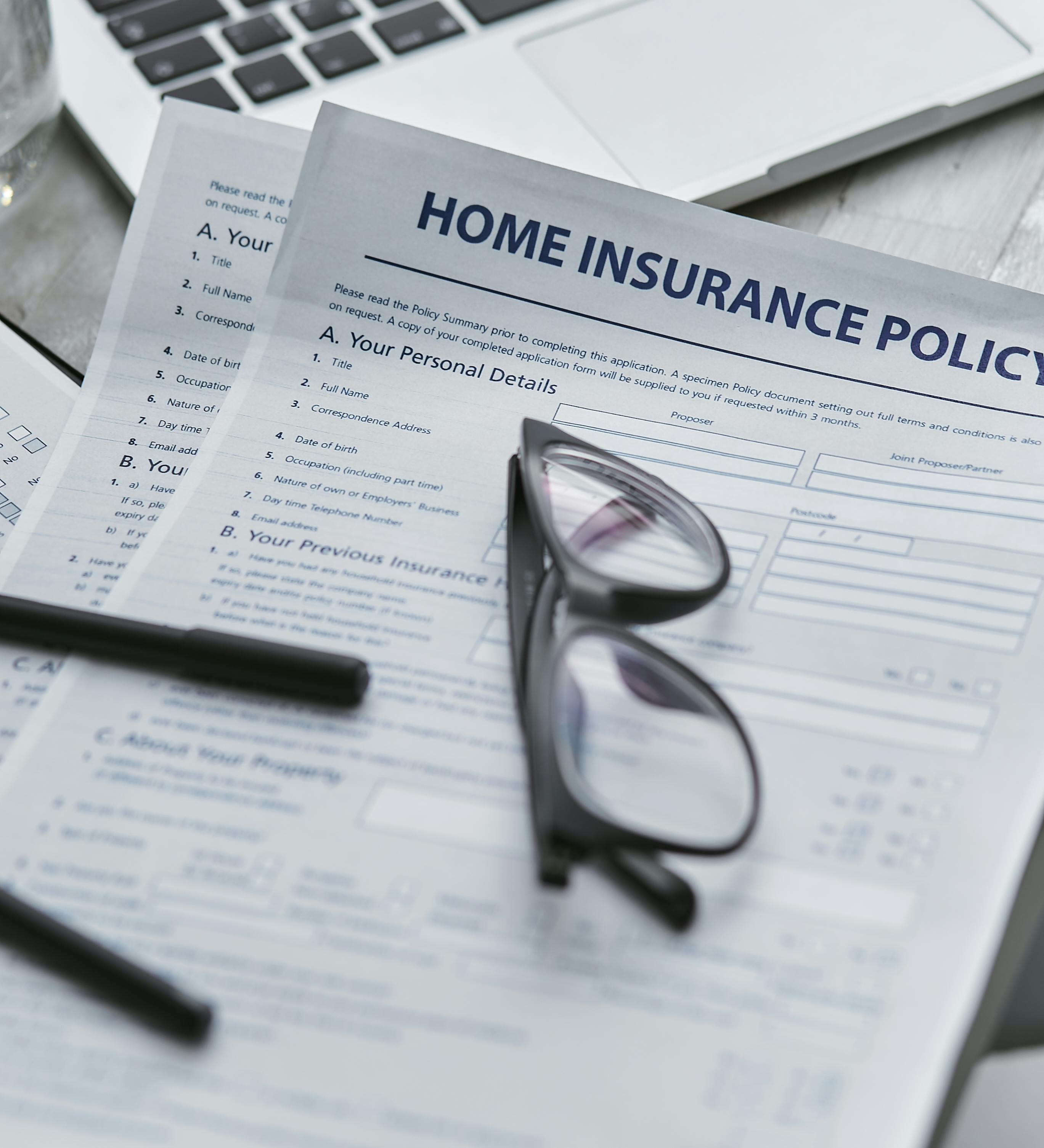Coverage Considerations After Natural Disasters: Key Policy Clauses
Natural disasters can reveal hidden gaps in property insurance coverage and complicate recovery. This article highlights key policy clauses and practical considerations—coverage scope, claims handling, deductibles and premiums, valuation and underwriting, exclusions and subrogation, plus documentation of inventory and liability—so policyholders can better assess risk and plan restoration steps after events like flood, fire, or theft.

After a natural disaster, understanding the language and limits of your property insurance is essential to an effective recovery. Policies that appeared adequate beforehand can contain clauses that limit payouts, impose specific deductibles, or exclude certain perils entirely. This article breaks down common policy elements and practical steps to reduce uncertainty when filing claims, documenting inventory, and planning renovation work. It focuses on coverage boundaries, claims procedures, financial implications such as premium and deductible effects, valuation and underwriting considerations, and the roles of appraisal and subrogation in resolving disputes and losses.
How does coverage scope affect post-disaster recovery?
Coverage defines what perils are insured and the situations in which an insurer will pay. Standard policies may cover fire or theft but exclude flood, earthquake, or certain types of water damage unless endorsements are added. For properties in flood-prone areas, check whether flood coverage is part of the policy or must be purchased through a national flood program or private insurer. Liability limits and additional living expenses (ALE) provisions also change recovery pathways: ALE may pay for temporary housing after major damage, while liability coverage addresses third-party claims arising from the disaster. Reviewing policy limits, named-peril versus all-risk wording, and any location-based endorsements clarifies what to expect during reconstruction and helps prioritize mitigation measures.
What should you know about claims reporting and appraisal?
Prompt and accurate claims reporting starts the recovery process. Notify your insurer as soon as practical, secure the damaged property where safe to do so, and create an inventory of losses. Many policies require immediate action to prevent further damage; failure to mitigate can affect claim outcomes. Appraisal clauses can be used when the insurer and insured disagree on value. An appraisal process typically involves each party selecting an appraiser and, if needed, an umpire to resolve disputes. Keep detailed records—photos, receipts, repair estimates, and a dated inventory—to support both initial claim documentation and any later appraisal or arbitration proceedings.
How do deductible and premium levels influence rebuilding?
Deductible choices directly affect out-of-pocket costs after a loss. Higher deductibles generally lower premiums but increase immediate expense when a claim is paid. Some policies specify percentage-based deductibles for named disasters (for example, a percent of insured value for hurricane or earthquake), which can yield very large outlays compared with flat-dollar deductibles. Premiums reflect underwriting assessments of risk, location, building materials, and prior claims history; after a disaster, premiums or underwriting terms for renewals may change. When planning renovation, weigh the financial trade-offs: lower premium savings against potential higher repair bills due to a large deductible or limited coverage for specific perils.
What valuation and underwriting factors matter after damage?
Valuation clauses determine whether reimbursement is replacement cost, actual cash value (ACV), or agreed value. Replacement cost policies aim to cover rebuilding costs without depreciation, whereas ACV accounts for wear and age. Underwriting decisions—made when the policy was issued or at renewal—affect coverage limits, exclusions, and whether certain perils are offered at all. After a disaster, insurers may reassess risk, adjust underwriting guidelines, or require mitigation steps before renewing. Understanding how value is determined and what evidence the insurer requires (invoices, contractor bids, appraisals) helps policyholders present a stronger claim and estimate realistic settlement expectations.
Which exclusions and subrogation issues commonly apply?
Exclusions carve out risks that an insurer will not cover: typical exclusions include flood, earth movement, wear and tear, or intentional loss. Some policies exclude damage resulting from inadequate maintenance or deferred repairs. Subrogation allows an insurer that has paid a claim to pursue third parties responsible for the loss—for instance, a contractor or equipment manufacturer. If another party’s negligence contributed to the disaster loss or subsequent damage, subrogation can affect settlement negotiations and liability exposure. Read exclusions carefully and consult coverage summaries to determine whether a peril requires a separate endorsement or policy, and keep documentation that could support subrogation later.
How should inventory and liability be handled during renovation?
Maintaining an accurate inventory of damaged items, with purchase dates and values where possible, streamlines claims and appraisal work. For businesses, a detailed inventory supports business interruption claims and valuation. During renovation, document progress with dated photos, contractor estimates, permits, and receipts; insurers often require proof of expenses for progressive payouts. Liability questions may arise if third parties are injured on the property during cleanup or renovation—review liability limits and consider temporary liability controls and signage. Proper documentation not only helps settle coverage issues but also establishes a factual basis if disputes or subrogation claims emerge.
Conclusion Policy clauses governing coverage, claims handling, deductibles, valuation, exclusions, and subrogation shape recovery outcomes after natural disasters. Clear documentation—inventory, appraisals, contractor bids, and timely communications—reduces ambiguity and supports fair settlements. Reviewing policy wording before and after events, confirming necessary endorsements for perils such as flood or fire, and understanding how underwriting decisions affect premiums and limits will help property owners manage risk and coordinate renovation efforts more effectively.





